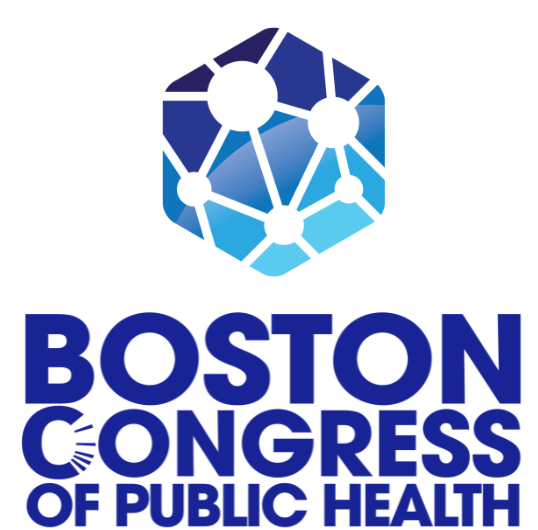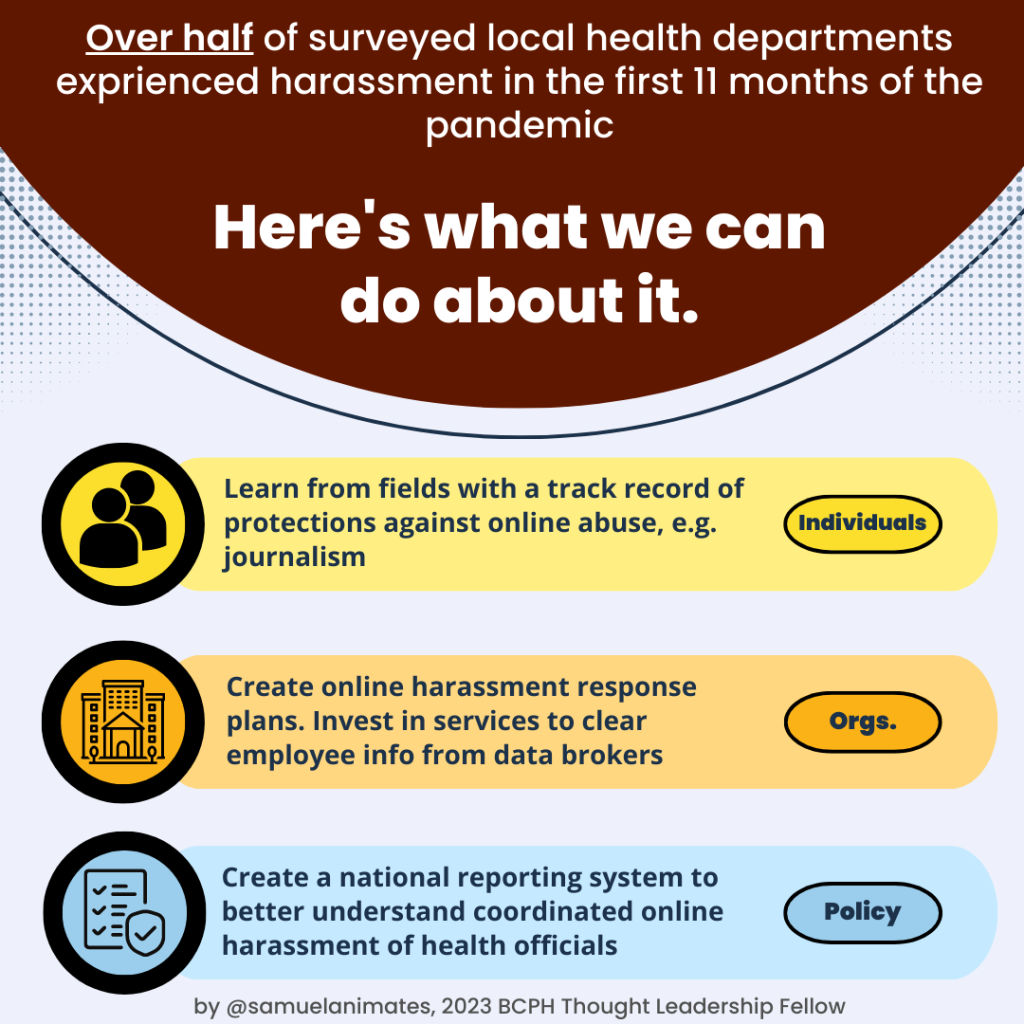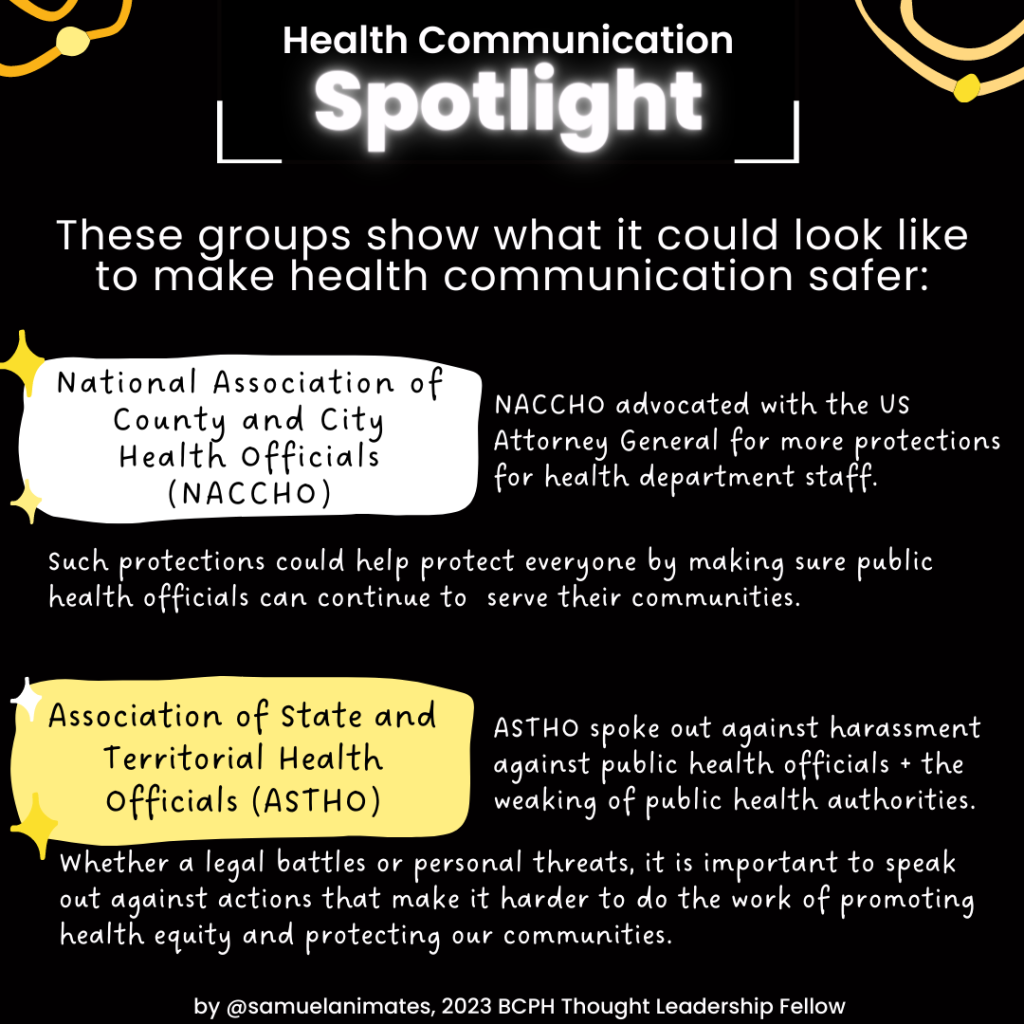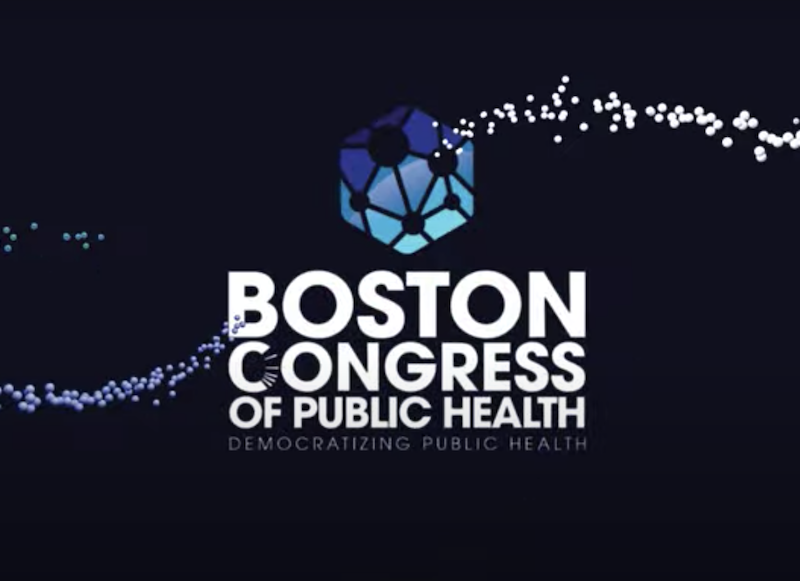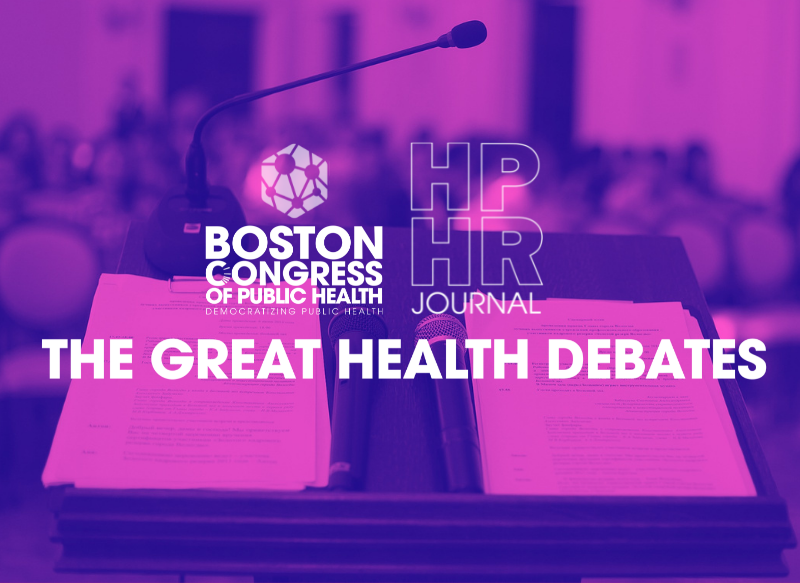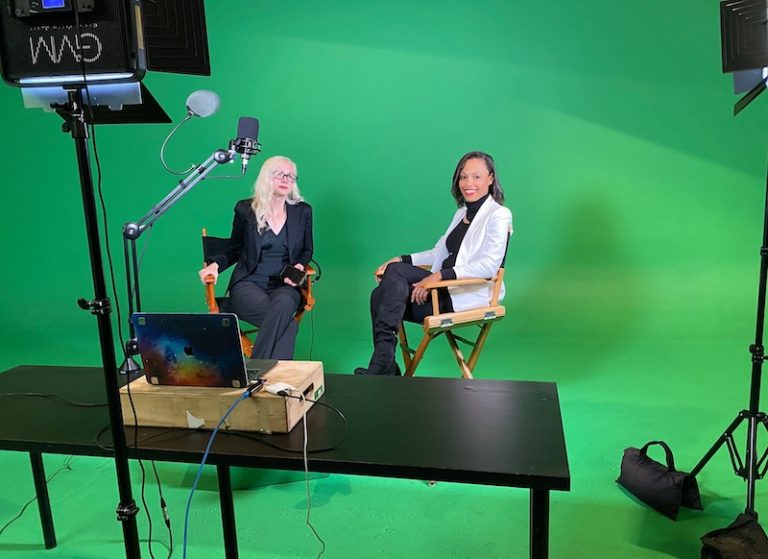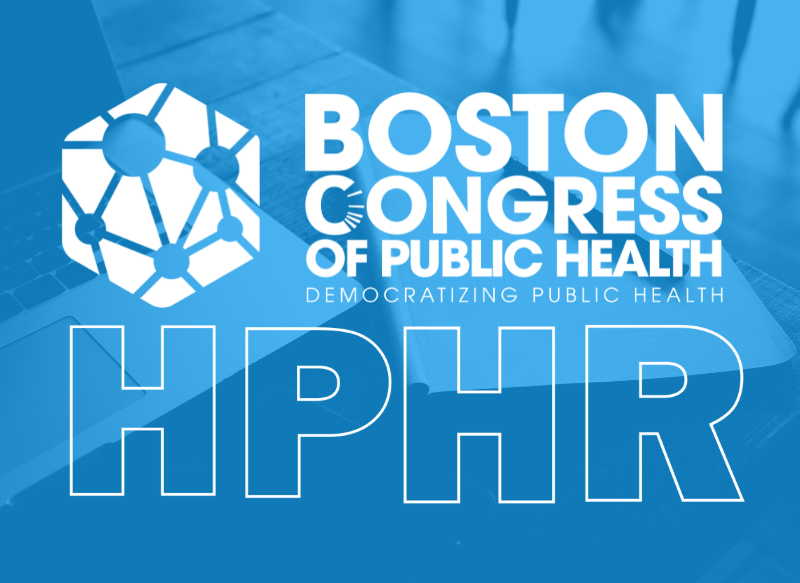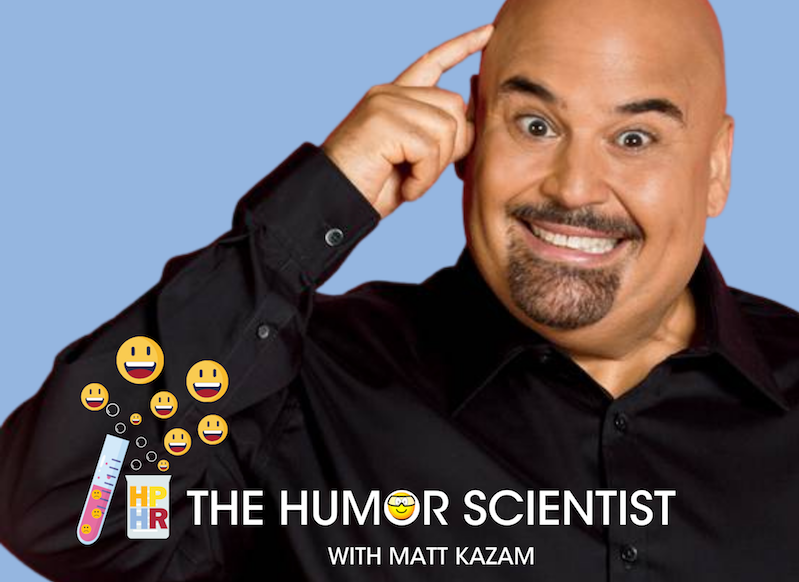The visibility of social media can be a blessing and a curse. Rebecca Black experienced these highs and lows at 13 years old, from red carpets and music videos to death threats and falling out with friends. Health officials have increasingly experienced these dynamics too, via: racial slurs and physical violence, doxing, and protests outside of their homes.
